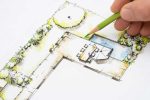Small Garden, Big Impact: Maximising Your Miniature Outdoor Space
While many people see their small gardens as too limited or uninteresting, they can be among the most creative design possibilities your home has. When designed thoughtfully, small areas can feel much larger and very inviting. Rather than thinking of the limitation of your small garden as an obstacle to overcome, think of it as a blank canvas on which to express your imagination. In doing so, you will likely create a space that is both personal and intentional, rather than overcrowded and chaotic. It is not about trying to fit all of your ideas into the garden; it is about determining what is important to you and creating a space that supports your lifestyle.
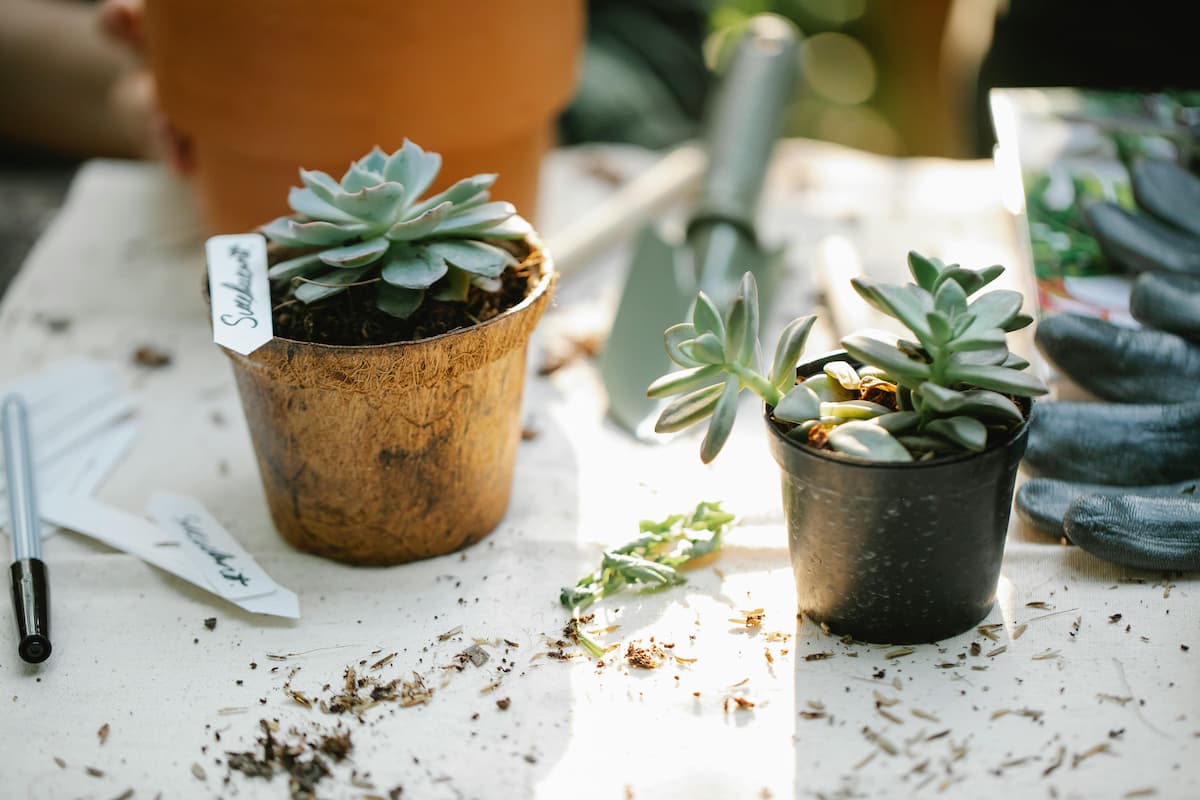
Design First, Then Accumulate Plants
The first step in designing your small garden should be to determine how you want it to function. Do you want a peaceful spot to read, a place where you can enjoy your morning coffee or a central location for weekend gathering with friends and family? When you have a clear idea of how you want your garden to operate, you will know exactly what elements need to be included to make this happen. Knowing exactly what you want from your garden helps you to avoid including unnecessary items and ensure your garden will support your lifestyle. A clearly defined objective for your garden will provide it with focus and direction, regardless of the size of your yard.
Add Illusion With Layered Heights
Adding layers to your small garden using vertical elements can greatly change how the space is perceived. Vertical layers such as tall grasses behind low-growing herbs, or climbing plants growing up a trellis, draw the eye upwards and add dimension to your garden. This layered effect creates a division in the garden and prevents it from appearing flat. The addition of raised beds or tiered shelving adds structural elements to your garden that are contained and do not consume valuable floor space. As long as there are adequate height differences throughout your garden, a narrow courtyard can appear multi-dimensional.
Paths Can Guide and Define Your Garden
Stepping stone paths that wander throughout your garden, or neatly laid lines of pavers, can be more than just a means of navigating your garden; they can define your garden by organising the space into functional areas. Paths naturally create a rhythm to your garden’s layout and invite visitors to explore. While adding texture to your pathway using materials such as crushed rock, brick, or wood adds a sensory aspect to walking through your garden, a pathway provides a visual reference point around which the rest of your garden can develop.
Use Plants That Offer Multiple Benefits
In a small garden, every plant must work hard to earn its space. Choose plants that provide multiple benefits such as colour, fragrance, seasonal interest, and edible value. There are numerous dwarf varieties of plants, and compact shrubs that are suitable for planting in small spaces. Additionally, potted trees can provide structural elements to your garden without extending beyond the boundaries of your space. If you’re looking for a unique focal point for your garden, there are many speciality trees that come in various sizes to meet your needs and climate.
Colour with Intent
Colour can influence the ambience and apparent size of your garden. Using light-coloured walls and flooring will allow more sunlight to enter the garden and make it appear larger, whereas dark colours will create a cosier atmosphere. Sticking to a limited colour palette of 2 or 3 main colours will prevent the garden from becoming overly busy and will promote a harmonious and welcoming atmosphere. Colourful highlights, such as brightly coloured plants, potted plants, and cushions, can attract attention without overwhelming the space.
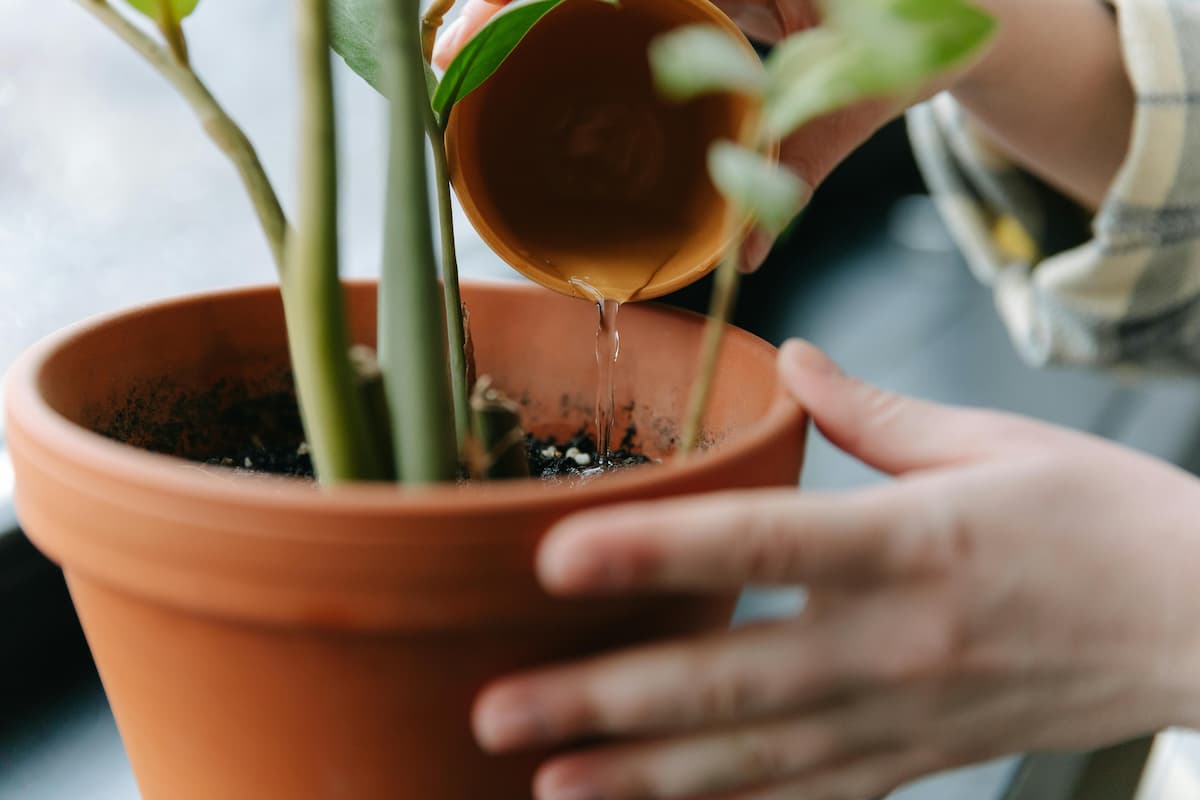
Flexible Container Options for Small Gardens
Planters and pots offer the designer greater flexibility compared to fixed garden beds. Planters can be moved seasonally, or entirely, depending on changing needs. A group of planters at varying heights can create mini-garden beds and define corners or entranceways. Provided that the correct types of planters are selected, container gardening can be a low-maintenance option filled with personality. Window boxes or rail-mounted planters can take underutilised areas and transform them into green focal points.
Borrow Views and Create Focal Points
Strategically using sight lines can create the illusion that your garden is part of something larger than itself. Place features in your garden to align with views outside your fence, such as a neighbor’s tree or skyline. When external views are not desirable, create focal points within your space, such as a sculpture or a water feature. Using arched entryways, hedges, or pergolas to frame these focal points makes them deliberate. Borrowing or curating views within your own space creates depth and intentionality to a small footprint.
Optimise Space with Multi-Functional Elements
When you use elements that perform multiple functions, you optimise the amount of space in your garden. Examples include benches with storage underneath, vertical gardens that function as a screen for privacy, and side tables that double as planters. Each of these items helps eliminate clutter and allows the garden to remain open and usable. Well-designed furniture or fixtures become part of the aesthetics of your garden and are not simply useful tools. The more uses an item serves in a small space, the more valuable it is.
Light it Right for Evening Enjoyment
The garden doesn’t disappear after sunset but rather transforms into something magical. A few well-placed lights can extend your enjoyment into the night while creating ambience. Use solar uplights to highlight plants or architectural elements and string lights to soften seating areas. Avoid flooding the whole space; instead, highlight select features to build atmosphere. Evening lighting helps your miniature garden stay functional and magical after dark.
Keep Maintenance Light and Joyful
A small garden should bring peace, not pressure. Choose hardy plants that thrive with minimal care, and use mulch or ground cover to reduce weeds. Automated irrigation or self-watering containers can further lighten the load. The goal is a space that looks good even when life gets busy. Low-maintenance doesn’t mean lifeless; it means you spend more time enjoying your garden and less time tending it out of obligation.
Let Your Style Lead
Just because the space is small doesn’t mean it should lack personality. Whether you prefer modern minimalism or a more rustic vibe, let your garden reflect your taste. Echo elements from your interior decor for a seamless transition between indoors and out. Add personal touches like hand-painted tiles, thrifted garden art, or a signature plant species. When your garden feels like an extension of you, it becomes a true sanctuary, no matter the size.

![[AD] We’re a cricket-mad family, so we’re buzzing that @thehundred is back this August! 🏏🔥
To get ready, M tried out the official FREE Activity Pack — and it’s brilliant! 🙌
Packed with fun games, creative challenges and sporty tasks, it’s perfect for getting kids hyped whether you’re at home or on the go.
👉Download yours now (link in bio)
@londonspirit @ovalinvincibles #EveryMomentCounts #TheHundred
#EnglandCricket #CricketFamily #TheHundredCricket #LondonBloggers #Cricket #CricketIsLife #kidsfun](https://suburban-mum.com/wp-content/uploads/2022/11/505472555_18531279601016840_7092520074819907569_n-180x320.jpg)



![[AD - Press visit]
We enjoyed the glorious sunshine this weekend with a trip to Brighton. We went on the @brightoni360official which is right by the sea front.
The i360 pod take a slow journey up, allowing you to take in views across Brighton and the South Downs 450ft above ground. There’s a bar inside with drinks and snacks available to purchase and the experience lasts 25 minutes.
Afterwards, we headed to the open air roller rink for a roller skating session!
The roller rink is:
⭐ Suitable for over 5s
⭐ £6.50 if you have your own skates or £9.50 if you need to hire them
⭐ 45 minutes per session
Full details to visit the i360 + skating
📍 Brighton i360, Lower Kings Road, Brighton BN1 2LN
🚗 Parking nearby (we parked in the Regency Square Car park)
🎟️ Prices start from £25.40 for an adult and £16.90 for a child
🕐 Opening hours are currently Sun-Fri 10.30am-18.30pm and until 19.30pm on Saturdays
☕️ Bar inside the i360, cafe and gift shop
Book tickets here:
https://tickets.brightoni360.co.uk/tickets/?_ga=2.195305772.1869001490.1689671753-1757164059.1689671753/#events?eventid=157](https://suburban-mum.com/wp-content/uploads/2015/04/417980235_313576471048632_3682382982231216432_n.jpg)

![[AD] ***Summer of fun at Barracudas Activity Camps!****
There is plenty for kids to do at @barracudas_activity_day_camps
From Tennis, Archery, Swimming, Motor Sports and more you can be sure that there will be something for kids aged 4.5-14. ⚽🏈🥅🎾🏓🏎️🏹🏊♂️🏉
You can book on a day by day basis - so it can fit in with any other days out/activities you have planned and there are early drop off and late pickup options available. Barracudas are also Ofsted registered so you can use your Childcare Vouchers too.
⭐⭐⭐Get £20 off a week or £4 off a day using my discount code: MARIA20⭐⭐⭐
#BarracudasActivityDayCamp #BarracudasActivityCamp #BarracudaAmbassadors #SummerHolidays #SchoolHolidays #Summer2023 #SummerCamp #DayCare #Camp #KidsCamp #surreymummy #surreymums #SummerOfFun #ActivityCamps #HolidayCamps #Childcare #SchoolHolidays #schoolholidaycamps](https://suburban-mum.com/wp-content/uploads/2024/07/353583570_625625966167953_545896259645102575_n.jpg)
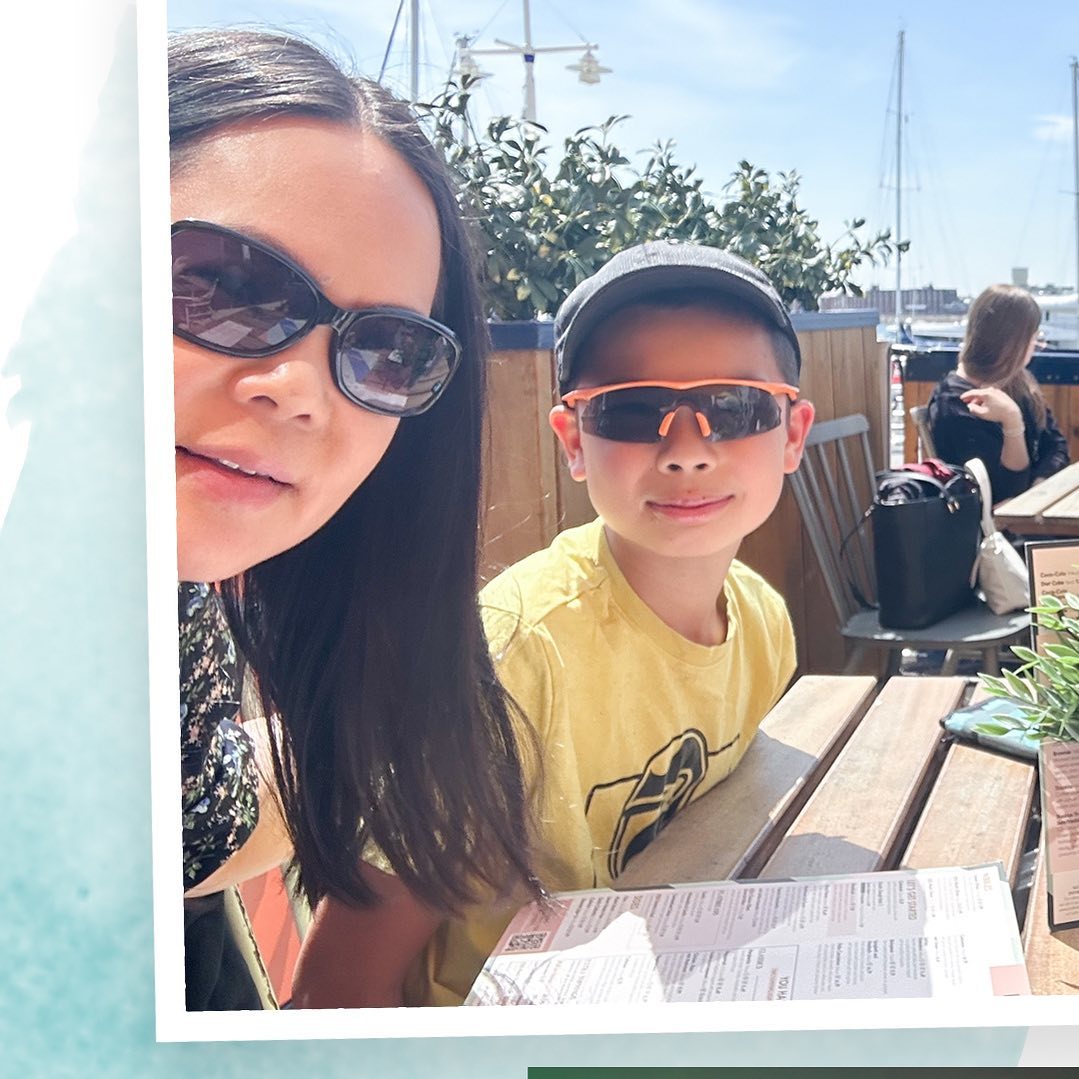

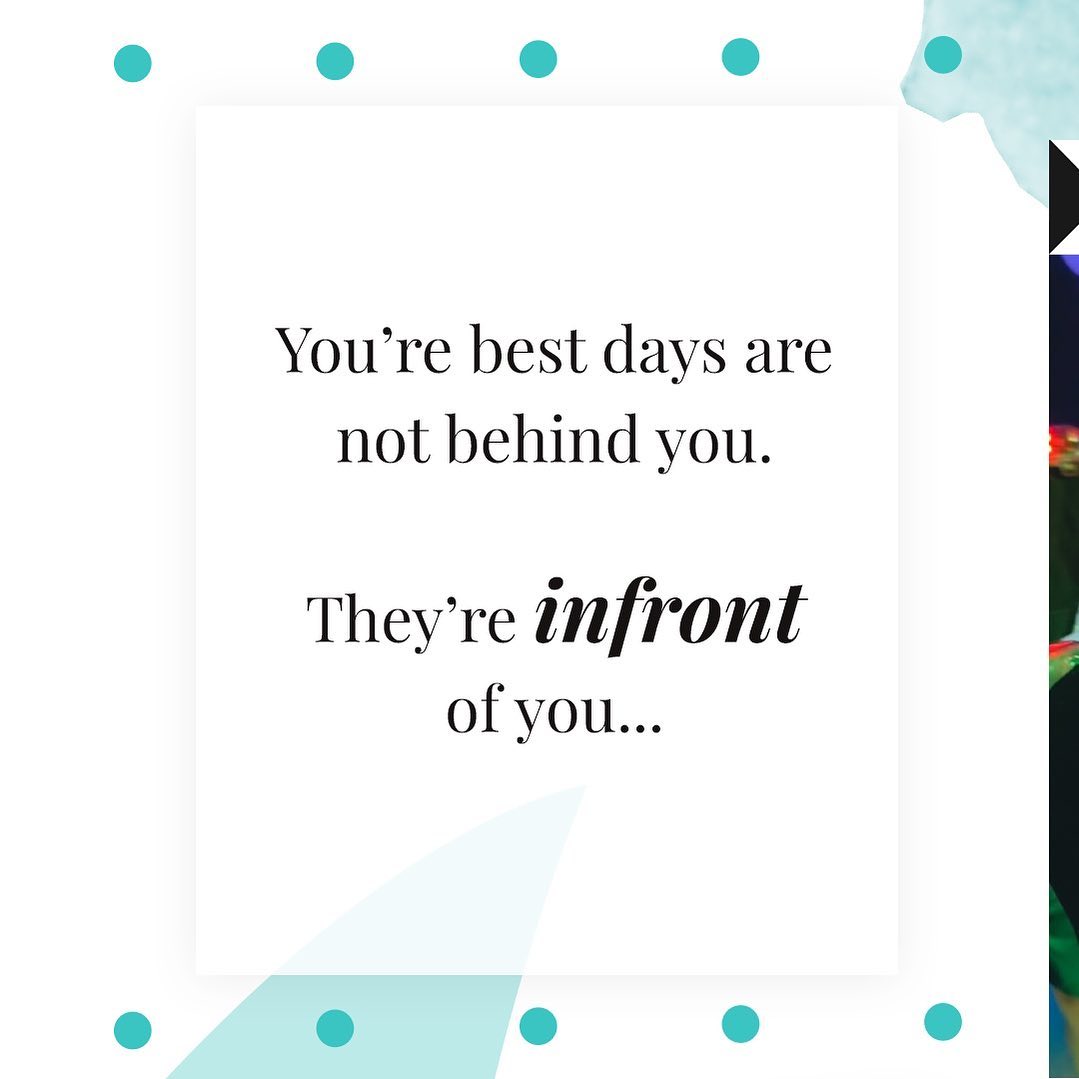
![[AD] We have some super exciting news...we have been chosen to be Laser Quest Ambassadors, and the boys are over the moon!
We are really lucky that our local Laser Quest (@laserquestkingston) is just around the corner from us. It means we can pop in of a weekend or anytime during the school holidays, and with summer just around the corner, I know Laser Quest will be one of our go-to places for some family fun.
As well as games of Laser Quest, there are also VR experiences and arcade amusements too. To find out a bit more about how Laser Quest works, you can read my blog post: https://www.suburban-mum.com/laser-quest-kingston/ (clickable link in bio)
Don't forget to keep an eye out for our Laser Quest posts - I'm going to be giving away two family passes to use at Laserquest Kingston!
If you can't wait and want to head down to Laser Quest to try it out, use the code SUMMER30 for 30% off your booking. The code is valid from now until the end of August 2023 and can be used on Laser Quest games and birthday party bookings.
#LaserquestAmbassador #Laserquest #LaserquestKingston #ActivitiesForKids #FamilyFun #DaysOutWithKids #Lasertag #LaserquestVR #Kingston #ThingsToDoInKingston #SurreyFamilyDaysOut #ThingsToDoWithKids #RainyDayFun #SurreyMummy #SurreyLife #LifeWithKids #LifeWithBoys #familyfunday](https://suburban-mum.com/wp-content/uploads/2015/04/353230107_797358078406942_2405522556733455165_n.jpg)
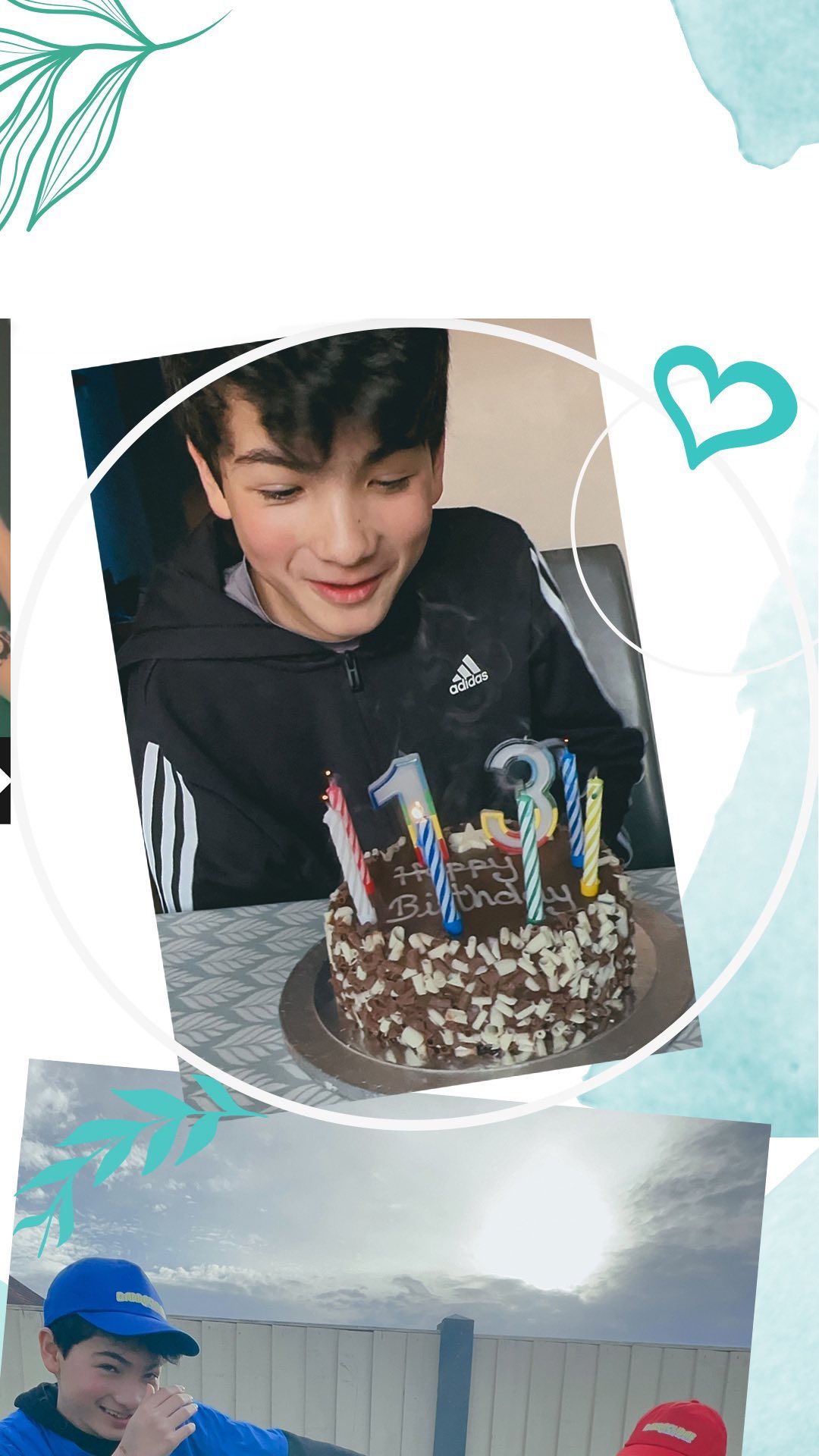
![[AD] The sun has finally made an appearance and the boys have been making the most of it by spending it
in the garden.
They’re go-to is always football and they’ve been trying to improve their aim and accuracy with the new Messi Foldable Footlball goal from the #MessiTrainingSystem range.
I love the fact the goal is foldable, making it easy to store away when not in use. It is also lightweight so you can effortlessly pack it up and take it to the park or to a friend’s house.
The Messi Foldable Football Goal retails at £36 and can be purchased from @argos
You can read my full review here: https://www.suburban-mum.com/messi-foldable-football-goal/
#TrainLikeMessi #FoldableFootballGoal #FootballSkills #OutdoorFun #LionelMessi #LeoMessi #FootballAtHome #OutdoorKids #JustGetOutside #OutdoorsAndFree #ScreenFreeKids #WhateverTheWeatherKids @flair_gp](https://suburban-mum.com/wp-content/uploads/2015/04/341194882_615024710178056_41977149395989448_n.jpg)

![[AD] We are absolutely thrilled to announce that we are Barracuda Ambassadors again this year.
With Easter just around the corner, the boys were sent the @barracudas_activity_day_camps new camp kit in preparation for the school holidays.
There’s a wide range of activities for kids aged 4.5 - 14 including Tennis, Archery, Basketball, Arts & Crafts and more.
If you like the sound of Barracudas, find out more over on their website. You can also save £20 a week or £4 a day, using my discount code: MARIA20](https://suburban-mum.com/wp-content/uploads/2024/07/336812306_765234558514317_685553691647241974_n.jpg)


![[AD - Gifted]
Last weekend we were invited to try out @tsarettaspice’s new Bottomless Brunch menu and I can tell you it was thumbs up all round!
There’s a good choice tapas on offer from Punjabi fish fingers, Indo Chinese Chicken to Spiced Lamb Scotch Eggs and Manchurian Cauliflower (which was amazing!)
If you’re local to Twickenham and fancy giving them a try here’s are the details.
Tsaretta Spice Bottomless Brunch
⭐️£37.50 per head for bottomless Prosecco or cocktail of the day
⭐️£55 per head for bottomless Champagne
⭐️ Food included: 4 tapas selections and dessert or 2 tapas selections, a pav or naanwich and dessert
⭐️ Non-alcohol brunch is also available
Tsaretta Spice
55 Church Street
Twickenham
TW1 3NR
You can also read our full review over on the blog (link in bio)](https://suburban-mum.com/wp-content/uploads/2024/07/334565436_5960402314015030_663031098700829518_n.jpg)
![[AD] What does family look like for you?
I am fortunate to be surrounded by strong, powerful women in the form of my mum, sister and mother-in-law (along with many others). With Mother’s Day just around the corner, @BootsUK want to celebrate all the different mums and mother figures we are lucky enough to have in our lives. They have a huge range of Mother’s Day gifts to choose from so we can show them how much they mean to us. (swipe to take a look at some of my choices)
If you want to express love and appreciation for the mother figure(s) in your life, head to Boots.com to find the ideal gift. They have a whole host of gifts, so you can be sure to find something to suit all tastes. Celebrate the #LoveForAllMums this Mother’s Day with Boots.
](https://suburban-mum.com/wp-content/uploads/2015/04/334276459_136658625736352_6403224988403337253_n.jpg)



